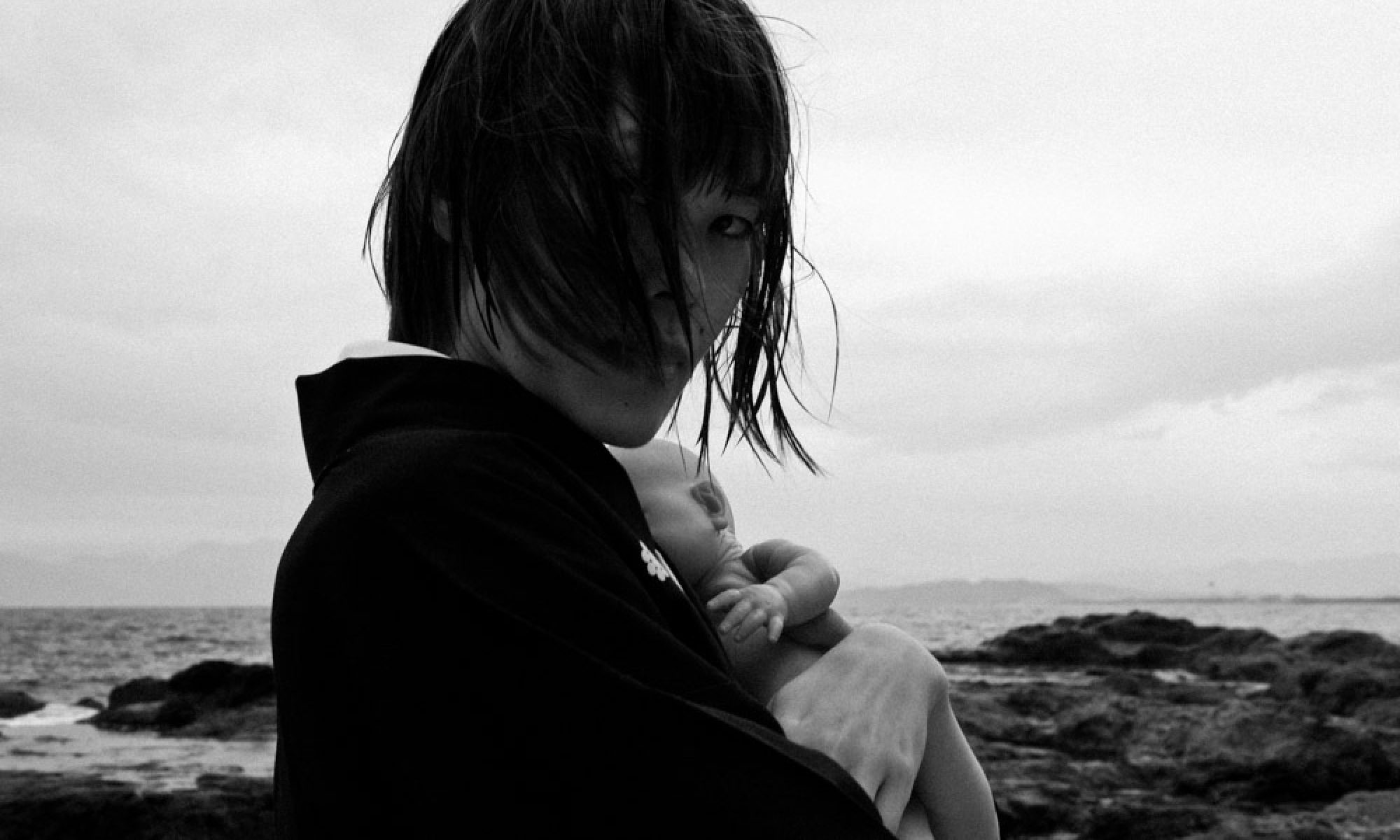It seems no fun for us here in Japan. Moreover, the old Flickr app is gone too.
http://www.flickr.com/help/forum/en-us/72157632235769104/
Thanks JapanCameraHunter
”I tore off the logo since I don’t like logos.”
Thank you! Really appreciate it.
http://japancamerahunter.com/2013/02/in-your-bag-no-413-jaakko-saari/
From 2012, Island Mother
Two photos from my Island Mother photo series in 2012 were added to the gallery.
Losing Interest
These days I’m losing interest in cameras. Maybe it’s similar to a farmer who loses interest in his pitchfork?
Sure we got to know how the basics of using agricultural tools if we happen to be farmers. But farmer doesn’t wake up in the morning thinking of his shiny new pitchfork and spend his time polishing it, right?
Like the farmer dreams of the good harvest, photographer dreams of the perfect picture. The creation itself is simply the thing. It should be.
Indeed I feel sick about the capitalism that exists in the world of photography. Camera is nothing but a light-proof box. So use whatever you have!
Sketchpad
I have recently realised how important taking down notes is for me. I jot down notes all the time to my non-ruled sketchpad from Muji, and use Drafts (great app!) in my iPhone and iPad. I also speak to myself and my Zoom recorder.
I also make thumbnail sized prints of my photos and paste them to my sketchbook and carry it with me always, it’s great way to arrange images into a sequence and then return to this thought pattern.. This little trick I learned from great Eric Kim’s Youtube Channel.
Magnum Contact Sheets
I recently bought the latest edition of Magnum Contact Sheets (2011, Edited by Kristen Lubben). This (huge!) book is a landmark, perhaps one of the most important photography publications out there.
Contact sheet used to be a common tool for photographers when reviewing their work; it allowed photographers to see a quick overview of the images they had shot. This first draft reveals the thought process and work method of the photographer since the original sequence of the exposed film is preserved.
Indeed, contact print is something intimate that photographers are not usually willing to show. Quoting Henri Cartier-Bresson (from page 18), “A contact sheet is full of erasures, full of detritus”, and that “A photo exhibition or a book is an invitation to a meal, and it’s not customary to make guests poke their noses into the pots and pans, and even less into the buckets or peelings..”.
I wasn’t particularly interested in seeing the mistakes of other photographers, but more I wanted to see the flow of images that existed in original film, I find there is something very beautiful and human in the process and how the mind of the photographer works. A perfect marriage of the analog workflow and human subject..
The book starts with iconic images of Cartier-Bresson in Seville in 1933, and chronologically walks the reader through the century of great photographic culture into the present day. The written stories and descriptions by the photographers themselves are fascinating to read; here are many amazing, moving stories here. I am especially touched about description of Marilyn Silverstone’s life, she was the only woman photographer to record Dalai Lama’s arrival to India in 1959 and became Tibetan Buddhist nun in the later years.
And then there is the iconic picture of the lone protestor in Tiananmen Square.
But Magnum Contact Sheets is not only a record of famous images with historical importance, it’s a record of the art itself. On the latter pages there are even video stills, and screen shots of the thumbnail images on computer screen.
It will be interesting to see how this book will develop in future as more and more photographers switch to digital.
I really recommend this book to anyone interested in photography or the human subject.
Happy New Year 2013!
Remember friend, life is not infinite. But you are.
Happy 2013!
Passion of the Neglected Minority
I would like to write a poem,
but my pen doesn’t work
pots and pans are all messed up
So I just say for your genuine you
it’s not for the life and death,
but for love and death
Silverfast 8 in Windows 7
I am noticing huge difference in image quality when using Silverfast under Windows 7 versus Mac. When viewed at 100% I no longer see strange jaggies which I saw in Mac version, and the images look actually sharper.
The scan speed is also much faster. Here are some numbers I was able to come up with.
Windows 64bit Silverfast 8.0.1r18 (Plustek Opticfilm 8200i)
- 7200dpi (with iSRD) 9min 23sec
- 3600dpi (with iSRD) 3min 13sec
Those make huge difference to the scanning speed with current mac version. I would estimate that Windows version is at least twice as fast. Moreover, the mac version sometimes scans faster and sometimes slower, and iSRD doesn’t work or works on random basis.
I would classify the current mac version unusable. If you are on mac, I recommend using Windows 7 version of Silverfast via bootcamp or Parallels, etc.
The Least Comfortable Solution
Since the current situation is that Silverfast 8 has issues with serious contrast shifts when scanning in higher resolutions in Mac, I resorted into the least comfortable solution; installing the software in Windows 7. Luckily I have Windows 7 installed on bootcamp partition.
According to Silverfast support, apparently the contrast does shift in Windows 7 version of the software as well but it is less dramatic.
They told me that the new version of the software (which should have the issue fixed) will be released in first days of 2013.
Now, looking forward how scanning in Windows 7 goes.

